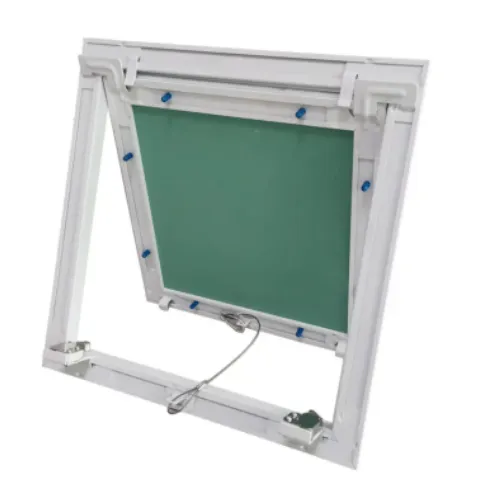Nov . 05, 2024 09:34 Back to list
ceiling tile clip
Ceiling Tile Clips A Silent Hero in Suspended Ceilings
In modern architecture and interior design, the suspended ceiling, often referred to as a drop ceiling, has gained popularity for a variety of reasons. Its aesthetic appeal, ease of installation, and functional benefits make it a go-to choice for offices, schools, and residential spaces alike. One of the unsung heroes in this design feature are ceiling tile clips, a small yet vital component that significantly impacts the integrity and performance of suspended ceilings.
Ceiling tile clips are specially designed fasteners that play a crucial role in securing ceiling tiles to the grid system. These clips are often made from durable materials like metal or heavy-duty plastic, ensuring that they can withstand the weight of the tiles while providing a reliable hold. Although they may seem like a minor element, ceiling tile clips enhance the overall stability of the ceiling and ensure that tiles remain firmly in place, preventing sagging or misalignment.
One of the primary benefits of using ceiling tile clips is their contribution to safety
. A well-secured tile system mitigates the risk of tiles falling, which can pose a serious hazard in places with high foot traffic or heavy equipment. In commercial settings, such as offices or schools, the potential for accidents is much higher, making the reliability of ceiling tiles imperative. With the use of appropriate clips, designers can ensure that their installations comply with safety regulations while providing peace of mind to occupants.Additionally, ceiling tile clips allow for easy access to the space above the ceiling. In many buildings, especially commercial ones, there is a need for regular maintenance of HVAC systems, electrical wiring, and plumbing located above the ceiling tiles. By incorporating clips into the design, technicians can quickly and efficiently lift tiles to access these areas without damaging the tiles themselves or the grid system. This ease of access not only saves time but also reduces costs associated with maintenance and repairs.
ceiling tile clip

Clips also contribute to the sound management capabilities of suspended ceilings. Acoustic ceiling tiles, often used in offices and public spaces to reduce noise pollution, can be more effective when secured properly. Ceiling tile clips prevent tiles from shifting, ensuring that sound absorption remains optimal. For businesses looking to create a quieter environment, using clips to secure ceiling tiles can be a simple but effective solution.
Another important aspect to consider is the aesthetic value that ceiling tile clips can contribute to a suspended ceiling. While many people focus on the visual appeal of the tiles themselves, the use of clips can help maintain a uniform appearance. Properly secured tiles will allow for cleaner lines and a more polished look, elevating the overall design.
In the age of sustainability, the longevity of materials also plays a crucial role in building design. Ceiling tile clips can contribute to building durability, as they help prevent damage to tiles that might otherwise occur from movement or impact. A longer-lasting ceiling system not only reduces waste but also contributes to the energy efficiency of a building.
In conclusion, ceiling tile clips may be a modest detail in the grand scale of architectural design, but their importance should not be overlooked. From enhancing safety and ease of maintenance to improving acoustic quality and aesthetics, these unassuming fasteners play a pivotal role in ensuring that suspended ceilings perform at their best. As architects and designers continue to innovate and improve building designs, the humble ceiling tile clip remains a fundamental component—a true silent hero in the world of construction and design.
-
Quality Ceiling Trap Doors & Access Panels | Easy & Secure AccessNewsAug.30,2025
-
Durable Ceiling T Grid Systems | Easy InstallationNewsAug.29,2025
-
PVC Gypsum Ceiling: Durable, Laminated Tiles for Modern SpacesNewsAug.28,2025
-
Pvc Gypsum Ceiling Is DurableNewsAug.21,2025
-
Mineral Fiber Board Is DurableNewsAug.21,2025
-
Ceiling Tile Clip Reusable DesignNewsAug.21,2025







